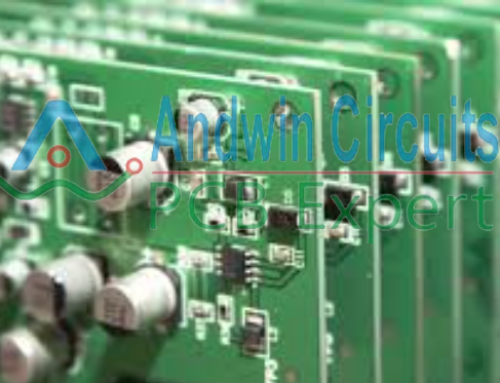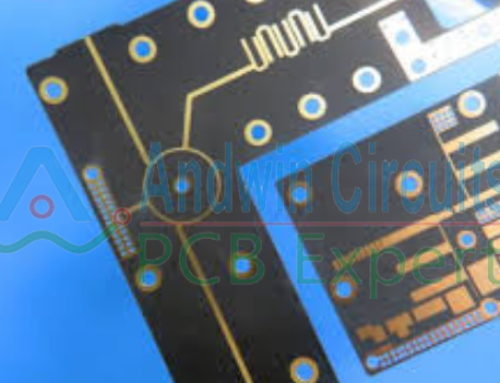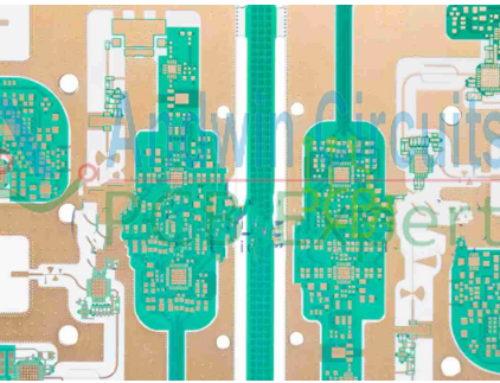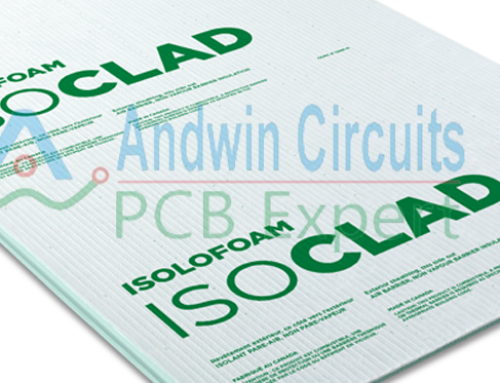what is a 4 layer pcb
A 4 layer PCB (Printed Circuit Board) is a type of circuit board that has four layers of conductive material separated by insulating layers.
The layers are usually arranged in a sandwich-like structure, with two outer layers of copper and two inner layers of copper.
The inner layers are connected to the outer layers through plated through-holes, which allow electrical signals to pass between the layers.
4 layer PCBs are commonly used in complex electronic devices such as computers, smartphones, and medical equipment.
They offer better performance and reliability compared to 2 layer PCBs,
as they allow for more complex circuit designs and reduce the risk of signal interference.
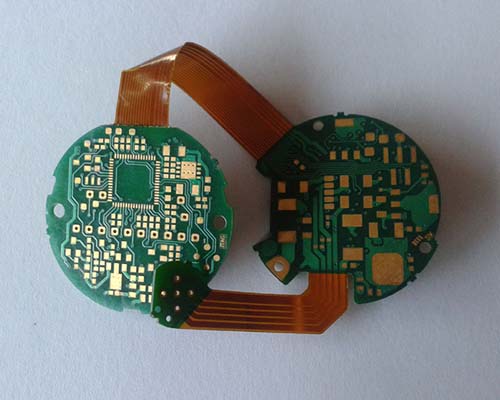
flex pcb ipc standard
The IPC (Association Connecting Electronics Industries) is a global trade association that develops standards and guidelines for the electronics industry.
The IPC has developed several standards for flexible printed circuit boards (Flex PCBs),
which are commonly used in applications where space and weight are critical.
The IPC-2223 standard, “Sectional Design Standard for Flexible Printed Boards,”
provides guidelines for the design and fabrication of flexible printed circuit boards.
This standard covers topics such as material selection, design considerations, fabrication processes, and testing procedures.
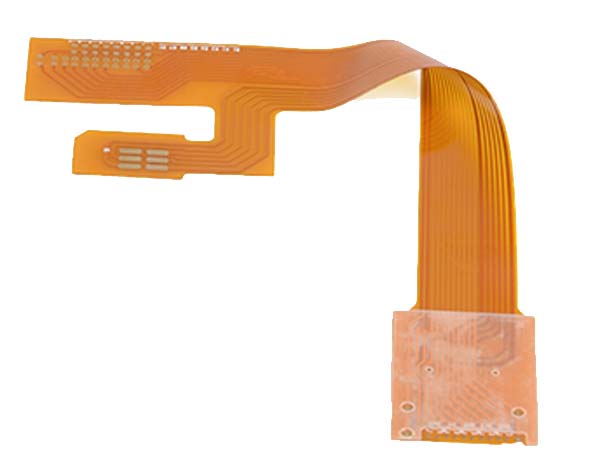
The IPC-6013 standard, “Qualification and Performance Specification for Flexible Printed Boards,”
provides requirements for the performance and reliability of flexible printed circuit boards.
This standard covers topics such as material properties, dimensional requirements, electrical performance, and environmental testing.
The IPC-4204 standard, “Flexible Metal-Clad Dielectrics for Use in Fabrication of Flexible Printed Circuitry,”
provides guidelines for the selection and use of metal-clad dielectric materials in the fabrication of flexible printed circuit boards.
Overall, adherence to IPC standards can help ensure the quality and reliability of flexible printed circuit boards,
and can help manufacturers and designers achieve consistent results in their products.
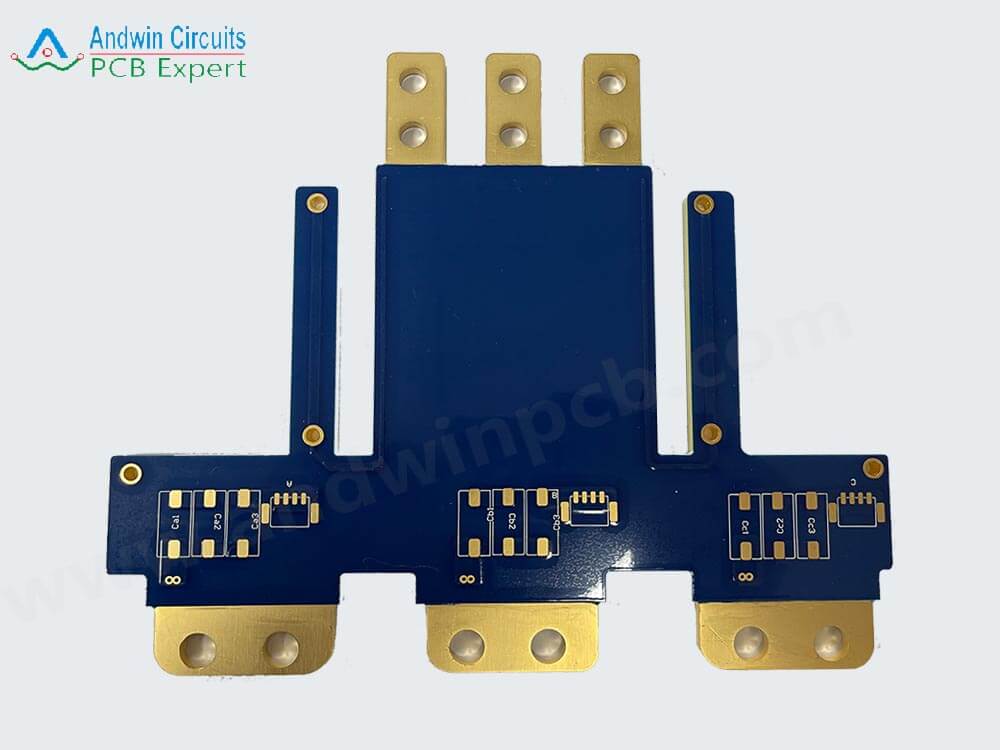
where is the flex pcb in kicad used?
The flex PCB (Flexible Printed Circuit Board) in KiCad is used to design circuits that require flexibility and bending,
such as wearable devices, medical equipment, and automotive applications.
Flex PCBs are made of a thin, flexible material that allows them to bend and twist without breaking.
They are ideal for applications where space is limited, and traditional rigid PCBs cannot be used.
The Flex PCB tool in KiCad allows designers to create flexible circuits with different shapes, sizes, and layers,
and to define the bending radius and direction of the circuit. It also includes features such as impedance control, differential pairs, and net-tie options for better signal integrity.
the role of flex pcb in kicad
The role of Flex PCB in KiCad is to provide a tool that allows designers to create flexible circuits that can bend and twist without breaking.
Flex PCBs are used in applications where space is limited, and traditional rigid PCBs cannot be used.
The Flex PCB tool in KiCad allows designers to create flexible circuits with different shapes, sizes, and layers,
and to define the bending radius and direction of the circuit. It also includes features such as impedance control,
differential pairs, and net-tie options for better signal integrity.
The Flex PCB tool in KiCad is an important feature for designers who need to create circuits for wearable devices,
medical equipment, and automotive applications.
Other PCB products, you may interesting










